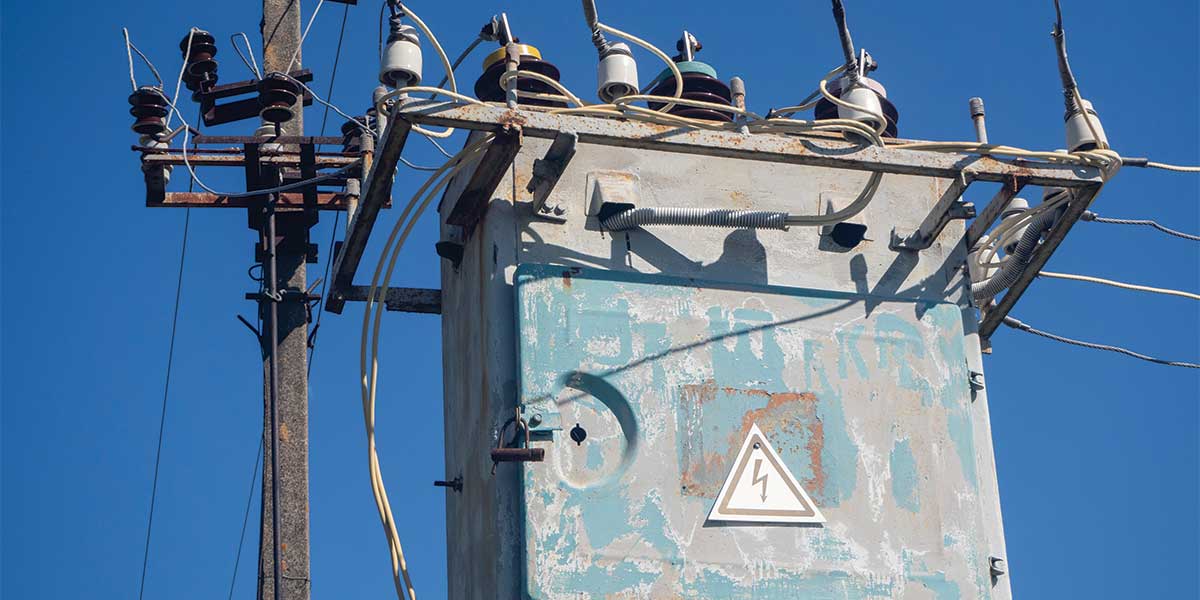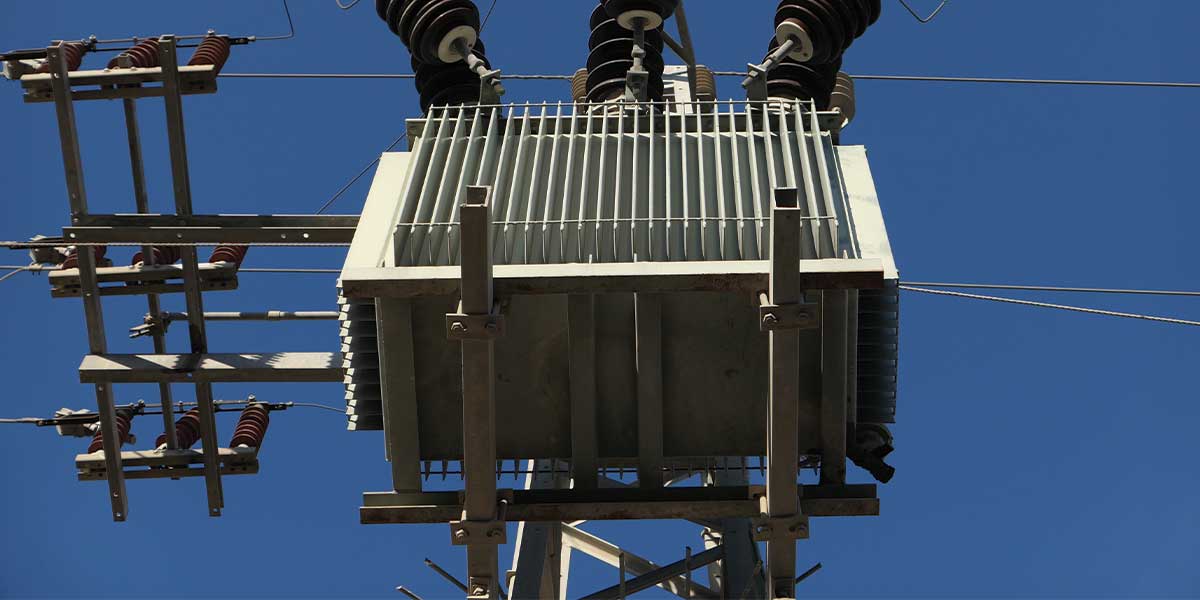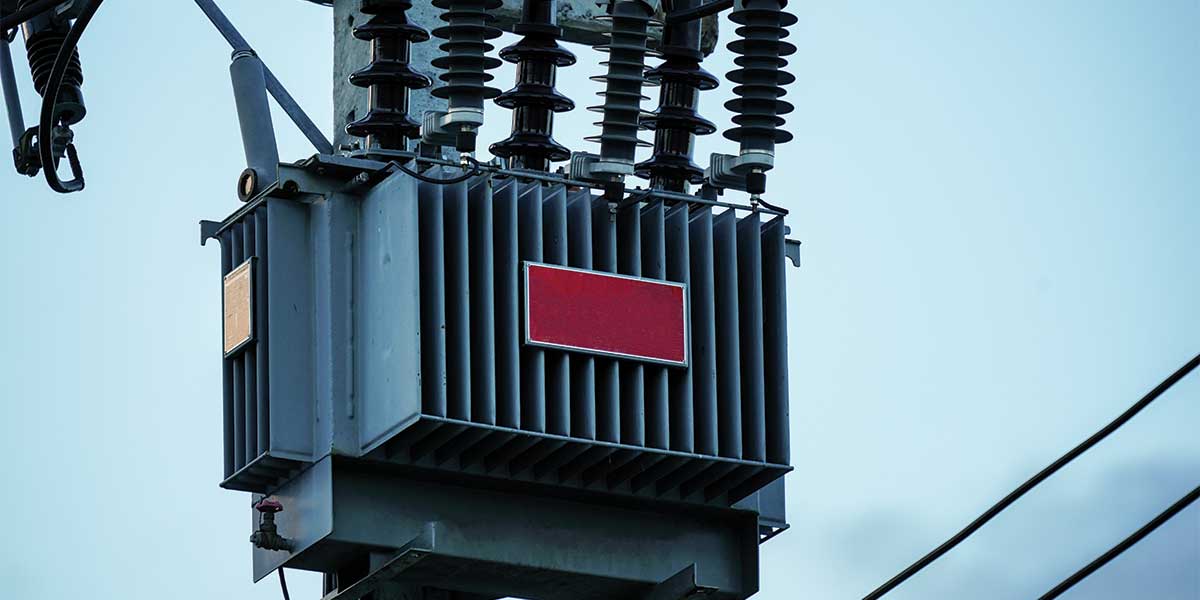Transformers are critical components of urban and suburban electrical systems across North America. They’re the silent workhorses mounted on poles, hidden in metal boxes, or stationed on concrete pads, quietly converting high-voltage electricity from the power grid into the safe voltage levels needed for homes and businesses.
But when a transformer fails, sometimes with a loud boom, sparks, or even a fireball, it can cause dangerous situations, sudden power outages, and community-wide disruption. Knowing what to do when a transformer blows is essential to keeping yourself and your property safe.
At Expert Electric, we’ve seen firsthand how quickly a transformer failure can escalate into a hazard. This guide will walk you through the steps to take before, during, and after a transformer blowout, explain why transformers fail, and help you prepare for these unexpected events.
Understanding the Role of a Transformer
Before we dive into what to do when a transformer blows, it’s important to understand what a transformer does.
Electricity travels long distances at extremely high voltages, often tens of thousands of volts, because high voltage is more efficient for transmission. However, you can’t send that much power directly into homes or businesses without destroying appliances and creating severe safety risks.
This is where transformers come in. Their job is to “step down” the voltage from dangerous levels to safe, usable amounts, typically between 120 and 240 volts for residential buildings.
Why Do Transformers Blow?
Transformers can fail for a variety of reasons. In many cases, the damage builds up over time until the unit finally gives out. In others, a sudden and extreme event triggers the blowout. Common causes include:
- Lightning Strikes – A direct hit can overwhelm the unit’s insulation and cause catastrophic failure.
- Overheating – Excessive electrical load or hot weather can cause internal components to overheat and fail.
- Wear and Corrosion – Over years, exposure to weather and environmental conditions can degrade the transformer.
- Electrical System Damage – Problems anywhere in the power distribution network can affect transformer performance.
- Failed Safety Devices – Surge protectors and breakers sometimes malfunction, leaving the transformer vulnerable.
- Power Surges – Sudden increases in voltage can overwhelm the transformer’s capacity.
- Animal Interference – Squirrels, birds, and other animals sometimes cause short circuits by coming into contact with live components.
- Moisture Infiltration – Water inside the unit can short out the electrical system.
When a transformer blows, you might see:
- A bright flash or fireball
- A loud booming or popping sound
- Smoke or flames
- Flickering lights followed by a complete outage
- A smell of burning oil or insulation

Immediate Steps to Take When a Transformer Blows
When faced with a transformer explosion or failure, safety should be your first priority. Here’s a step-by-step breakdown of what to do when a transformer blows:
1. Stay Away from the Area
Do not approach the transformer, whether it’s mounted on a pole, housed in a metal box, or sitting on the ground. Even if it looks “off” or burned out, dangerous voltages can remain for hours.
2. Evacuate if Necessary
If the blown transformer is close to your home, workplace, or public gathering area, move to a safe distance. Sparks, fire, or falling debris could pose additional risks.
3. Call Emergency Services
Dial your local emergency number if you see fire, smoke, or sparks. In Canada, call 911.
Then, contact your local power utility provider to report the outage and describe what you saw. This helps them prioritize response efforts.
For more guidance on power outage safety from a trusted utility, check out Hydro One’s Power Outage and Safety Tips.
4. Avoid Contact with Electrical Lines
Downed power lines can be deadly, even if they appear inactive. Always assume they are live and dangerous.
5. Shut Off Sensitive Electronics
If you still have partial power or backup generation, disconnect sensitive devices to prevent surge damage once power is restored.
6. Wait for Professionals
Certified utility technicians have the tools, knowledge, and protective gear to deal with transformer failures. Let them handle repairs.
Staying Safe During the Power Outage
Knowing what to do when a transformer blows isn’t just about the immediate response, it’s also about managing the hours or days that follow without electricity.
- Use Flashlights, Not Candles – Candles increase fire risk, especially if you’re dealing with electrical hazards.
- Keep Refrigerator Closed – Minimize opening to preserve cold temperatures and avoid food spoilage.
- Charge Devices Safely – Use battery packs or car chargers, but avoid running generators indoors due to carbon monoxide risks.
- Stay Informed – Use a battery-powered or hand-crank radio to receive updates from authorities.
How Long Does It Take to Fix a Blown Transformer?
Depending on the severity of the failure and how many units are affected, repairs can take anywhere from a few hours to several days.
Factors that can delay restoration include:
- Weather conditions (e.g., storms, flooding)
- Multiple failures across the grid
- Accessibility challenges (e.g., remote locations, fallen debris)
- Availability of replacement parts
Preventative Measures for Homeowners
While you can’t personally prevent a public utility transformer from blowing, you can protect your home and electronics from the effects:
- Install Whole-House Surge Protection – Protects against sudden spikes in voltage.
- Use Uninterruptible Power Supplies (UPS) – Keeps essential devices running temporarily.
- Have an Emergency Kit Ready – Include flashlights, batteries, bottled water, and first aid supplies.
- Schedule Regular Electrical Inspections – Let certified electricians like Expert Electric check for vulnerabilities in your home’s wiring.

Why Choose Expert Electric
At Expert Electric, we’ve been helping homeowners and businesses across British Columbia handle electrical emergencies for decades. Our licensed electricians have the training to ensure safety, restore power, and keep your systems running at peak efficiency.
Whether you’re dealing with a sudden outage, want to install surge protection, or need expert advice on what to do when a transformer blows, we’re here to help.
FAQs – What to Do When a Transformer Blows
1. Can a blown transformer cause a fire?
Yes. Oil-filled transformers can ignite when they fail, and sparks can set nearby vegetation or structures on fire.
2. Will my utility know if a transformer blows?
In most cases, yes. Utilities monitor load levels and outages, but reporting it can speed up their response.
3. Is it safe to stay home during a transformer failure?
It’s safe if you’re far enough from the damaged transformer and there’s no immediate fire or smoke risk. Keep your distance and monitor official updates.
4. Can power surges after a repair damage my appliances?
Yes. Always unplug sensitive electronics during outages and wait until stable power is restored.
5. How can I prepare for future outages?
Have an emergency plan, install surge protection, and keep an updated supply kit ready.
Final Thought
When a transformer blows, it’s not just a neighborhood inconvenience, it’s a serious safety event. Knowing what to do when a transformer blows can help protect you, your family, and your property. By keeping your distance, alerting the right authorities, and preparing for power outages, you can minimize risks.
And when it comes to safeguarding your home’s electrical system before disaster strikes, Expert Electric is your trusted partner. We combine technical expertise, safety-first practices, and exceptional customer care to ensure your home is always powered safely and reliably.
Contact Expert Electric
📞 Call Us: 604-681-8338
📧 Email: info@expertelectric.ca
From the smallest wiring fix to full-home electrical safety upgrades, our licensed electricians are ready to help. Don’t wait for the next outage, call us today.


